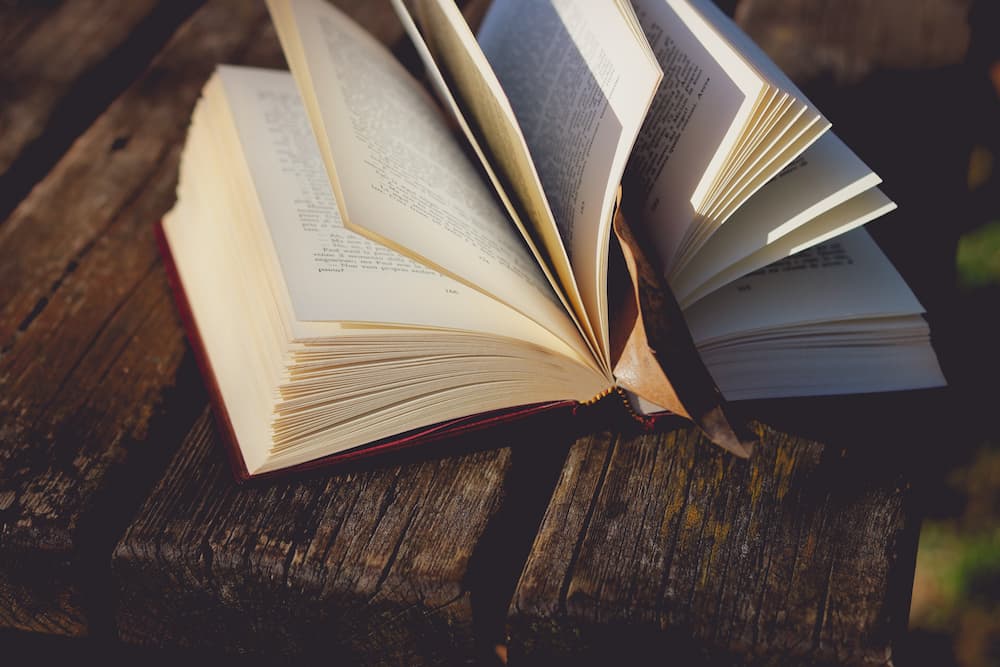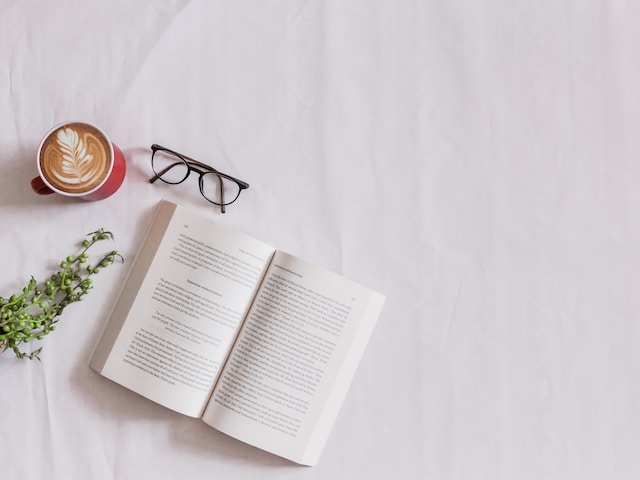Why books have yellow pages
If you look at old newspaper clippings, century-old documents, and books that have been gathering dust on the shelves for ages, you will notice that their pages have taken on a yellow tint.
But why does this happen?
It is because of the paper, and it is the components of the paper that cause the pages to turn yellow when exposed to oxygen over time. Most modern books are printed on paper that is made from wood. This material consists mainly of cellulose and a natural component called lignin. It gives the plant cells stiffness and resistance to external factors. The cellulose itself is colorless, but it does an excellent job of visually reflecting light. It is what makes paper appear white to us.
In short, cellulose content owes its whiteness to the pages of all kinds of books, from dictionaries to sheet music. When lignin is exposed to light and air from the environment, its molecular structure gradually changes. Lignin is a polymer, meaning it is based on groups of molecular units linked together. In the case of lignin, these repeating units are alcohols composed of oxygen and hydrogen, with a small addition of carbon atoms. She needs love and care, not your lectures: a guide to conquering the female Pisces “Up and Down” and other tricks: how to “flirt with your eyes” in a face mask Not blue, but beige: a banal outfit with jeans can always be made stylish Both lignin and partially cellulose are susceptible to oxidation. This means that they are easily exposed to oxygen molecules. It is these molecules that begin to change the structure of the polymer over time. As the oxygen particles accumulate, they break the bonds that hold these alcohol subunits together. The result is the formation of molecular regions called chromophores (the Greek word for “color carriers”) reflecting certain wavelengths of light that make our eyes perceive color.
In the case of lignin oxidation, this color is yellow or brownish. Think of how a cut apple changes its color to yellow-brown if left on the kitchen table. A similar oxidation process is responsible for this. Oxygen from the air enters the tissue of the fruit, and the following chemical reaction occurs. Enzymes called polyphenol oxidases (PPO) oxidize the polyphenols (simple organic compounds) in the apple. This process produces chemicals called o-quinones, which then produce melanin, a dark brown color pigment. By the way, it is also present in our skin, eyes and hair.
The amount of lignin in paper
Typically, book manufacturers try to remove lignin from paper as much as possible using bleaching. The more lignin removed, the longer a book page will stay white. But, say, newspapers and cheap books have more lignin than glossy magazines and expensive encyclopedias. That’s why the former turn yellow-brown much faster than the latter. It is interesting that manufacturers of packaging paper and paperboard, on the contrary, are trying to keep as much lignin in their products as possible. After all, it gives extra strength to the paper. Such products do not discolor at all, so they are much browner than even the cheapest newspapers. But they are also stiff enough to provide extra strength and integrity to the contents.
Is it possible to slow down the oxidation process?
In theory, any book can be preserved in its dazzling whiteness and pristine condition by simply limiting its access to oxygen and sunlight. “Oxygen is the enemy of books,” say scientists and librarians. They advise keeping especially valuable and dear to your heart books in a completely airtight box. And in the laboratory, experts go even further, replacing oxygen with nitrogen, argon or other inert gases that do not react chemically. Although sunlight and high humidity can also negatively affect the appearance of the paper, it is the air saturated with oxygen that does the most damage. For example, the pages of any book surrounded by oxygen will eventually turn yellow, even if stored in a dark room. Sunlight simply accelerates the oxidation process.
Now you know what to do!
This information will undoubtedly be useful the next time you want to keep the pages of your favorite newspaper folders bright and crisp. But imagine how invaluable it is to museum workers, archivists and librarians, who are constantly waging a war against paper degradation and oxidation! The preservation of important historical documents is a common concern. And it requires first and foremost an awareness of what environmental factors can damage paper products.


